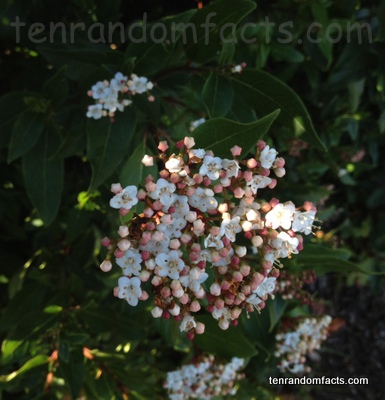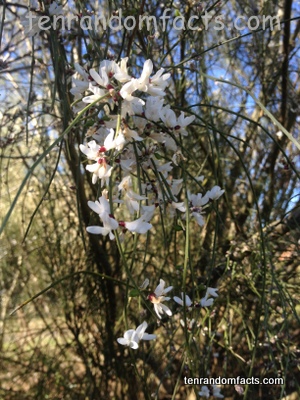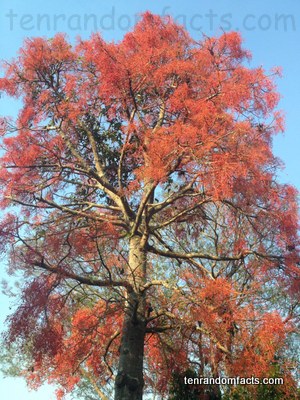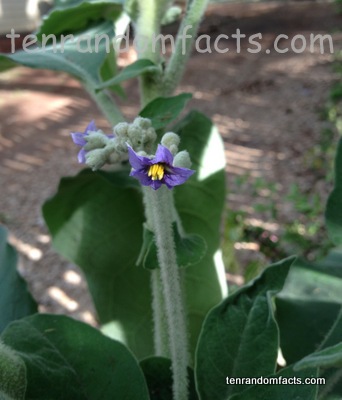
There are so many versions of viburnums!
- Viburnums are evergreen or deciduous flowering shrubs or small trees and there are at least 150 different species.
- Viburnums are from the family Adoxaceae, which is the family of moschatels and they were originally part of the honeysuckle family, the Caprifoliaceae family.
- Viburnums are mostly native to the northern parts of the world, particularly those in mild climates.
- Viburnums have small flowers with five petals, that are white, pink or cream in colour and grow in clusters.
- In the past, long stems of some species of viburnum have been used as shafts for arrows, and they are still commonly used by archers.
- Viburnums have small, red, purple, blue or black round fruits, and depending on the species can be made into jam, although some species are toxic.
- Viburnums grow from 1 to 6 metres (3 to 20 feet) in height and prefer to grow in sunlight, but can adapt to the shade.
- Viburnums generally have appealing, green coloured foliage, and those species that lose their leaves in winter have attractive autumn coloured foliage.
- Viburnums are popularly used as an ornamental plant since they do not attract many pests.
- Viburnums flower during the spring months, and some species are quite fragrant.
Bibliography:
Twombly K, Viburnum are Versatile Plants, 2013, Fine Gardening, http://www.finegardening.com/plants/articles/viburnums-are-versatile-shrubs.aspx?id=81004
Viburnum, 2013, Wikipedia, http://en.wikipedia.org/wiki/Viburnum





















